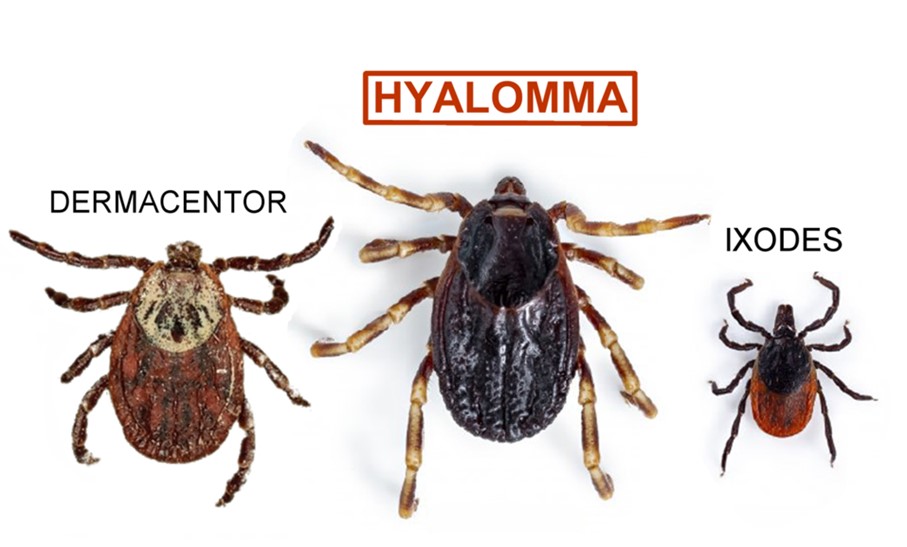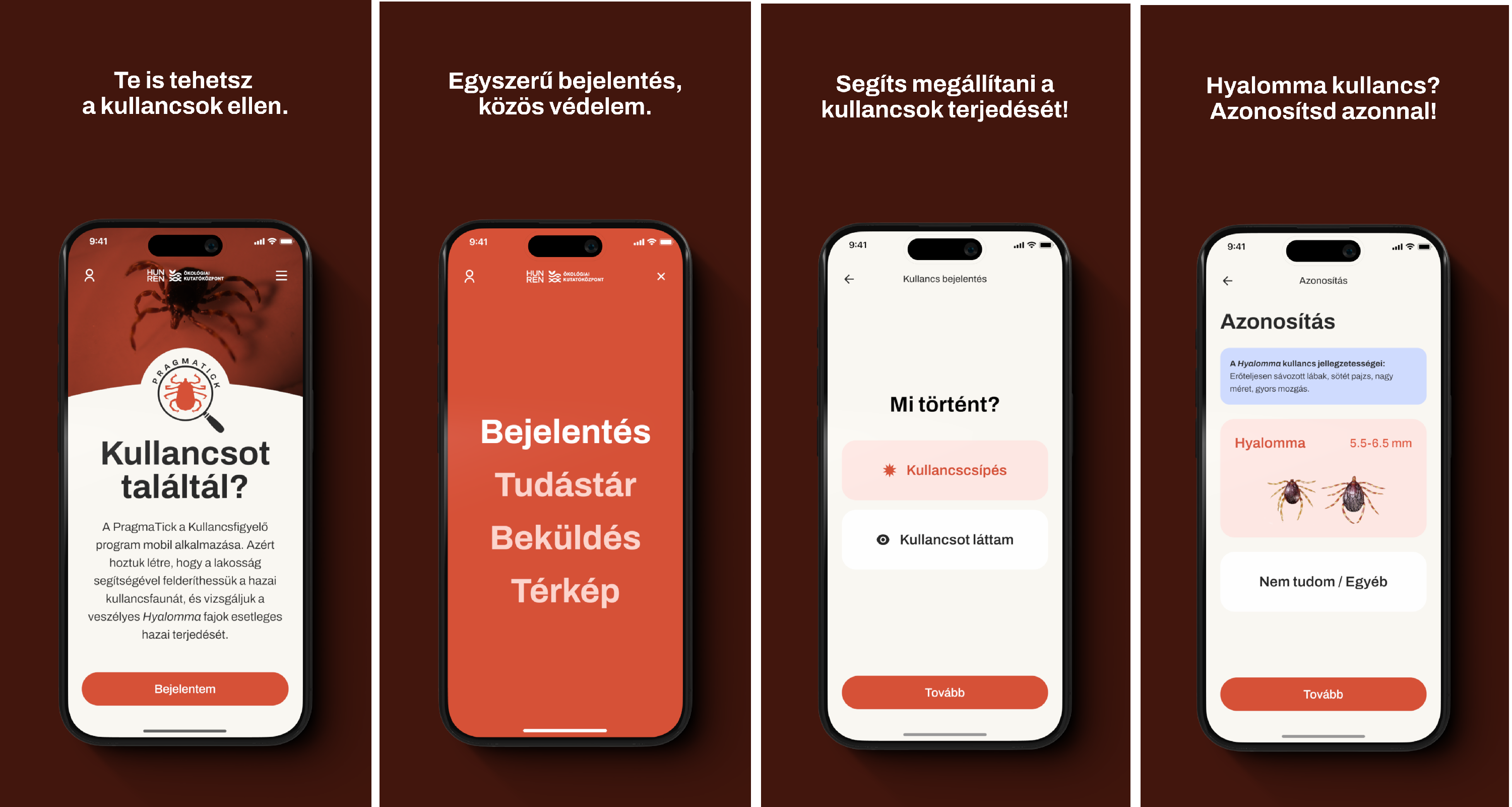Spring Is Coming and so Are the Ticks – Suspicious Blood-suckers Can also Be Reported Through an App
For years, the HUN-REN Centre for Ecological Research (HUN-REN ÖK) has been running the Tick Monitoring program, aimed at studying the establishment and spread of the newly appearing, non-native Hyalomma ticks in Hungary. From now on, in addition to the Tick Monitoring website, the PragmaTick mobile application also assists in monitoring this non-native tick. Here's how the app works.
The unseasonably warm February weather has led to an earlier appearance of both native and non-native tick species in Hungary. Researchers emphasize the importance of monitoring these blood-suckers, particularly the Hyalomma ticks, which are capable of transmitting various pathogens, including the Crimean-Congo hemorrhagic fever virus—a disease with a mortality rate of up to 30%. Hyalomma ticks are native to regions south of Hungary but can spread with the help of migratory birds. Due to global warming, these ticks are increasingly likely to survive and find suitable conditions in Hungary's climate.
Since the launch of the project, researchers have received several hundred public reports; however, the majority of the collected ticks have been identified as native species. Through the citizen science-based program initiated by researchers at the Institute of Evolutionary Sciences at HUN-REN ÖK, a total of 19 Hyalomma ticks have been collected from various parts of the country over the past four years. The incoming ticks are continuously examined for pathogens; so far, however, the Crimean-Congo hemorrhagic fever virus has not been detected in any of them.
The submitted Hyalomma ticks were primarily identified on large mammals (e.g. horses, cattle, buffaloes, donkeys), making it particularly important to inform large animal keepers. Specimens observed in spring deserve special attention, as they may indicate local overwintering or reproduction rather than introduction via migratory birds, researchers emphasize.

Starting from spring 2025, the submission process is also facilitated by the PragmaTick application. The user-friendly app was developed by researchers from the HUN-REN Centre for Ecological Research's Institute of Evolutionary Sciences and a team of IT specialists, with support from the National Laboratory for Health Security and the EU's PRAGMATICK COST project.

The HUN-REN Centre for Ecological Research is calling on the public to observe ticks carefully upon detection, photograph them, and if a Hyalomma species is suspected, preserve the specimen in a sealable container and report it to the researchers. By answering a few simple questions and attaching a photo of the tick, the found specimens can be reported within a few minutes, significantly contributing to both domestic and, since the platform will also be available in other countries, international research. Additionally, the app provides a wealth of useful information about Hyalomma and other tick species found in Hungary, as well as common misconceptions related to ticks. Interested individuals can learn more about the application and the program's results to date at www.kullancsfigyelo.hu.


